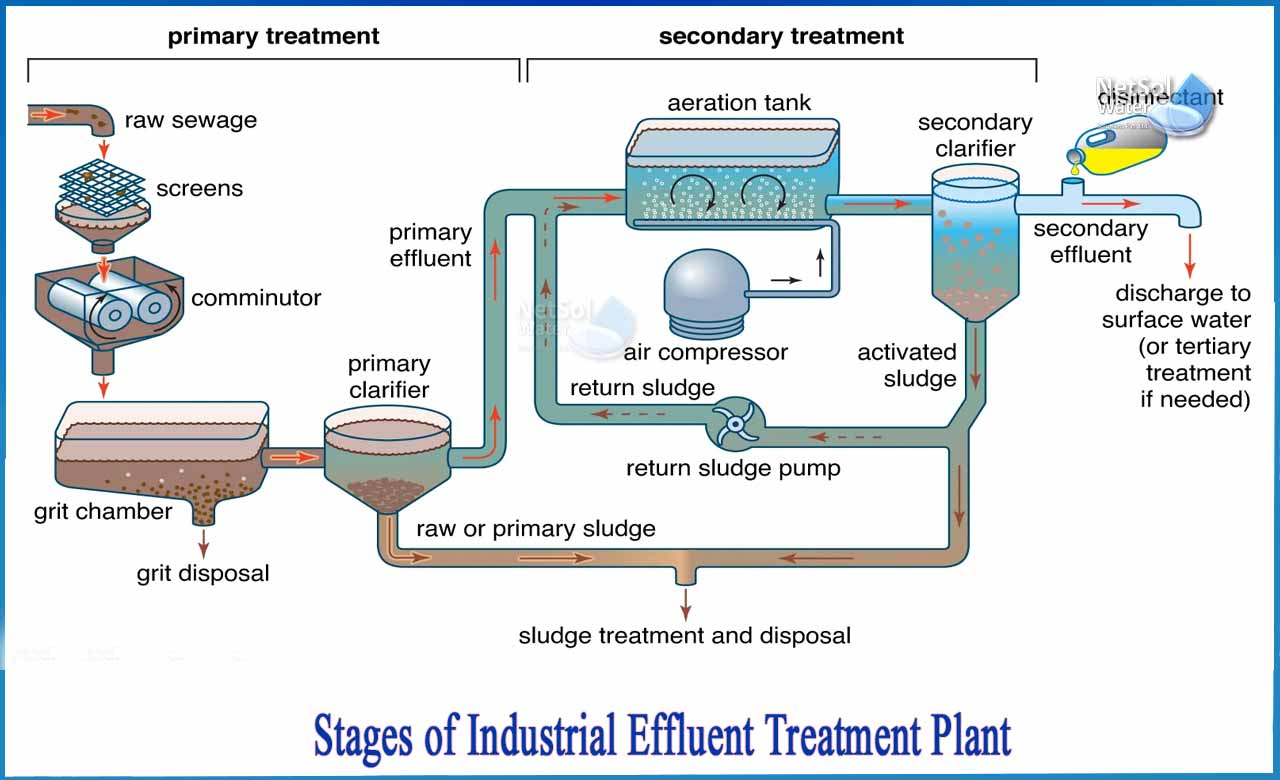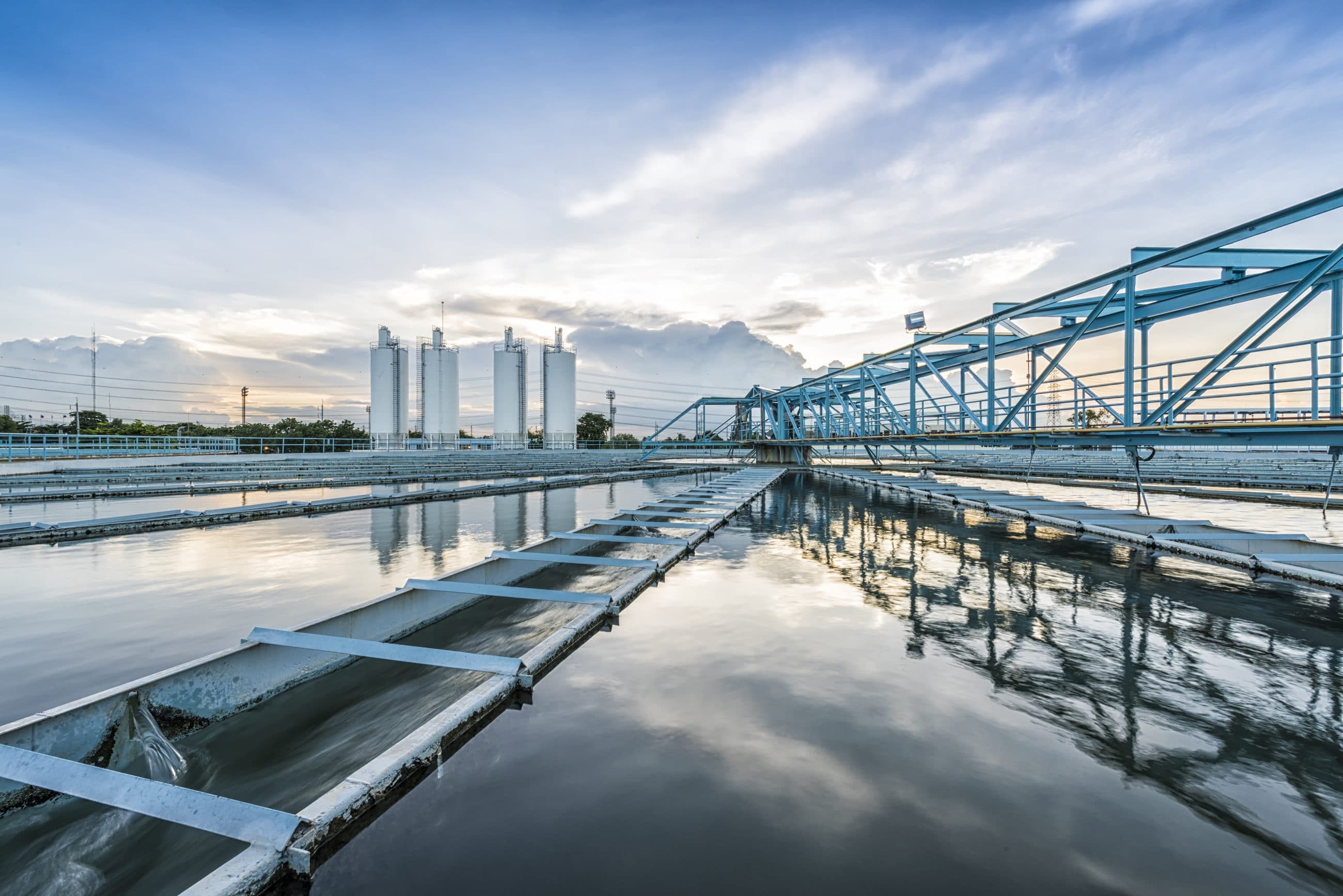Industrial Waste Water Treatment-- Reliable Waste Administration for Factories
Industrial Waste Water Treatment-- Reliable Waste Administration for Factories
Blog Article
Key Methods in Industrial Waste Water Therapy Procedures
The therapy of commercial wastewater is an essential element of ecological administration, entailing a variety of strategies made to minimize the effect of contaminants. Advancements in technologies such as membrane layer filtering and advanced oxidation procedures use innovative remedies for enhancing treatment effectiveness.
Physical Treatment Techniques
Exactly how successfully can physical therapy techniques address the complexities of commercial wastewater? Physical treatment methods play an essential role in the initial phases of wastewater management, focusing primarily on the removal of solids and huge particulates. Techniques such as purification, flotation protection, and sedimentation are crucial for decreasing the concentration of put on hold solids, thereby boosting the performance of succeeding therapy procedures.
Sedimentation involves the gravitational settling of solids, permitting for the splitting up of larger materials from the wastewater. This technique is specifically reliable in making clear water before biological or chemical therapies. Filtering, on the various other hand, uses numerous media to catch particle issue, guaranteeing that smaller impurities are removed. This strategy can be tailored to suit different kinds of commercial effluents, generating more clear effluent streams.
In addition, flotation approaches, which utilize air bubbles to lift suspended solids to the surface for removal, are reliable in treating wastewater with high concentrations of fats, oils, and oils. Overall, physical treatment techniques work as a vital primary step in the thorough monitoring of commercial wastewater, making sure that the tons on subsequent therapy phases is minimized and improving total therapy efficiency.
Chemical Therapy Techniques
While physical therapy approaches lay the groundwork for efficient wastewater administration, chemical treatment techniques are crucial for dealing with the more complicated contaminants typically found in commercial effluents. These methods make use of different chemical agents to speed up, counteract, or oxidize damaging compounds, ensuring an extra thorough elimination of pollutants.
One common technique is coagulation and flocculation, where chemical coagulants such as light weight aluminum sulfate or ferric chloride are contributed to advertise the aggregation of put on hold bits. This procedure improves solid-liquid separation, minimizing turbidity and boosting water high quality. Additionally, neutralization processes are used to readjust the pH of wastewater, using acids or bases to counteract acidic or alkaline streams, specifically.
Oxidation-reduction responses play a crucial duty in degrading natural contaminants and microorganisms. Chemical oxidants like chlorine, hydrogen, or ozone peroxide are made use of to break down complex organic substances, making them much less unsafe or a lot more biodegradable. Additionally, advanced oxidation procedures (AOPs) combine several oxidation techniques to boost contaminant removal efficiency.
Biological Therapy Processes
The performance of wastewater treatment is substantially enhanced by organic treatment processes, which harness the natural metabolic tasks of microorganisms to decay raw material and eliminate pollutants. Industrial Waste Water Treatment. These processes mainly include cardio and anaerobic food digestion, each customized for details kinds of wastewater
Aerobic therapy processes use oxygen to sustain microbial development, promoting the breakdown of organic pollutants into co2 and water. Usual techniques consist of triggered sludge systems, where oygenation storage tanks facilitate the blending of wastewater with microbes, and trickling filters, which urge biofilm advancement on media surfaces.
On the other hand, anaerobic therapy procedures take place in the absence of oxygen, utilizing anaerobic germs to break down natural matter, causing biogas manufacturing, a renewable resource source. Anaerobic digesters are usually employed in industrial settings for this purpose, efficiently lowering the find more information volume of sludge while creating valuable biogas.
The selection of a biological treatment method relies on wastewater attributes, therapy goals, and regulative requirements. The combination of organic processes in wastewater therapy not only improves pollutant elimination efficiency but additionally advertises sustainability by decreasing chemical use and sustaining resource recuperation.
Advanced Oxidation Processes

Typical AOP techniques include Fenton's reagent, photocatalysis, and ozonation. Fenton's reagent, a combination of hydrogen peroxide and ferrous iron, militarizes the development of hydroxyl radicals, making it effective for dealing with wastewater including phenolic substances and various other stubborn substances.
AOPs offer numerous advantages, consisting of lowered sludge production and the capacity to deal with wastewater with high concentrations of organic toxins. Nevertheless, the application of AOPs needs careful consideration of functional specifications and cost-effectiveness, making sure that these innovative techniques are appropriately incorporated into existing wastewater treatment systems.
Membrane Layer Filtration Technologies

Microfiltration works find out this here for eliminating suspended solids and bacteria, while ultrafiltration targets smaller natural molecules and infections. Nanofiltration bridges the void in between ultrafiltration and reverse osmosis, properly removing organic compounds and divalent ions. Reverse osmosis gives the highest degree of purification, utilized mostly for desalination and eliminating mono-valent ions.
Membrane layer technologies provide many benefits, consisting of reduced power consumption check this site out compared to typical treatment methods, modular layout for scalability, and the possibility for water healing and reuse. Difficulties such as membrane fouling and the need for normal upkeep need to be resolved to make certain system efficiency. On the whole, membrane layer filtration modern technologies represent a crucial component of modern commercial wastewater treatment approaches, promoting sustainability and source preservation in water administration.
Final Thought
Finally, commercial wastewater treatment utilizes a diverse array of methods, including physical, chemical, biological, and progressed approaches. Each strategy plays an essential role in effectively attending to different pollutants, enhancing water high quality, and promoting resource sustainability. The assimilation of these strategies promotes a detailed therapy approach, making certain that industrial effluents fulfill regulatory standards while decreasing environmental influence. Continued innovations in these techniques will even more boost the performance and performance of wastewater treatment procedures in commercial setups.
The treatment of commercial wastewater is a critical aspect of environmental monitoring, including a range of methods created to mitigate the effect of impurities.Exactly how properly can physical treatment techniques deal with the intricacies of industrial wastewater?Advanced oxidation processes (AOPs) represent an innovative strategy in commercial wastewater treatment, made to effectively deteriorate natural pollutants that are typically resistant to conventional treatment techniques (Industrial Waste Water Treatment).In final thought, commercial wastewater therapy uses a varied selection of strategies, including physical, chemical, biological, and advanced approaches. Proceeded advancements in these methodologies will certainly better boost the performance and efficiency of wastewater therapy procedures in industrial setups
Report this page